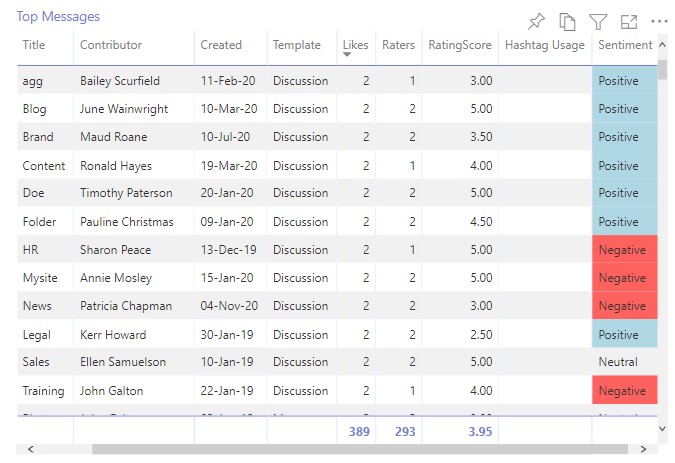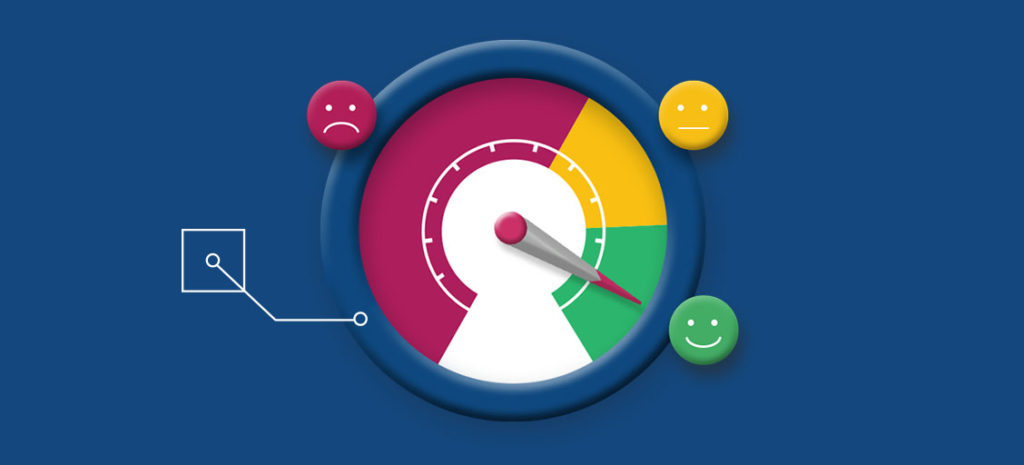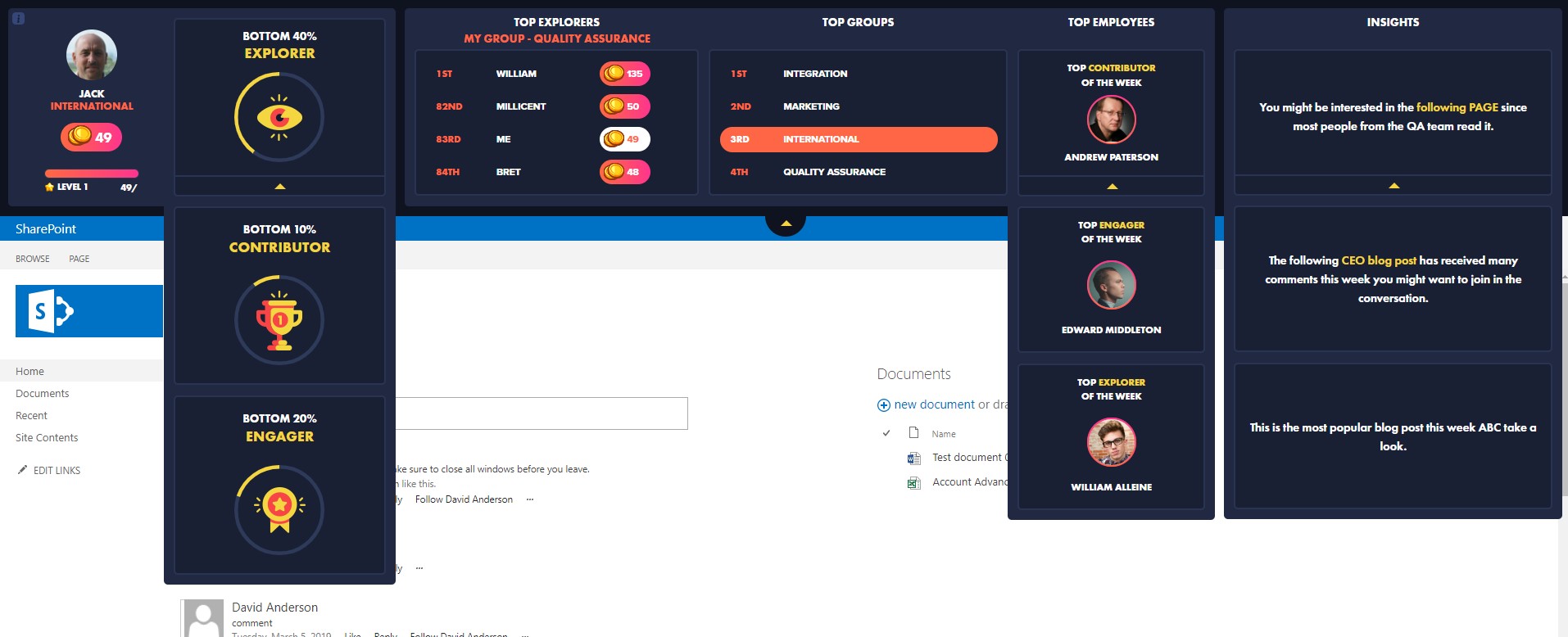From our personal lives to the workplace, our emotional reactions to everything that we come across in our daily routine have become an integral part of human nature. With modern digitization, from the rise of social media to the prevalent shift towards remote communication in the workplace, we are able to rapidly form and share feelings and opinions on just about anything that we encounter. With this evolution of society comes a need for development in technology; here, a powerful tool called sentiment analysis comes into play. Discover why sentiment analysis is a game-changer for company decision-making, and how it can be pivotal in helping your organization meet a wide range of long-term goals.
What is Sentiment Analysis?
Sentiment analysis, also known as opinion mining, is the practice of gauging people’s emotional reactions in a variety of contexts, from customer service calls to buyer feedback surveys. This process can be executed in multiple different ways, with pros and cons to each method.
Sentiment analysis can be done either automatically, through machine learning and classification algorithms, or manually, with lexicons and hand-crafted rules made by humans. Lexicons are lists of words and expressions that researchers manually place into categories of negative and positive. Once the reaction is analyzed, if enough words and expressions lean positive, then the reaction as a whole can be classified as positive, and vice versa. Of course, this method has both strengths and weaknesses. While lexicons are typically successful in picking up on the general feeling of feedback, it faces certain limitations such as sarcasm, irony, comparative figures of speech, and so on. These are all challenges within this approach to sentiment analysis, but are easily adapted to and overcome.
With the automatic approach, we can rely on machine learning techniques that learn from the data as it is analyzed. There are multiple steps to the automatic approach: training and prediction processes, feature extraction, and classification. During the training and prediction processes, a model will learn what inputs correspond to certain outputs, and subsequently, the model generates predictions in the form of tags, like positive, neutral, or negative. This leads to feature extraction, which is the process of turning new data into feature factors, which then also helps strengthen the model. Lastly comes the step of classification, in which a statistical model will categorize new data based on existing text. After this process is over, a reaction can be deemed as positive or negative, the same as is done with the manual approach.
There are also hybrid approaches, which combine the two methods for a more eclectic perspective. Regardless of the particular approach chosen, the basis remains the same: after data collection, a particular criteria is used to pick up on certain rules to analyze consumer sentiment. These rules can range from the rate of speech, or how fast a person is talking, to stress levels in an individual’s speech, to the aforementioned, the amount of negative or positive words they use in a given message. With these cues, sentiment analysis is able to pinpoint the feeling that accompanies a piece of feedback, and subsequently, we can utilize this information to our advantage in a multitude of ways.

How to Leverage Sentiment Analysis
The brilliance of sentiment analysis is that it has the potential to take any organization to the next level, but only if we know how to make use of this tool in a way that accomplishes its intended purpose. Below are a range of ways to effectively leverage sentiment analysis in your organization:
- Use it to conduct market research by gauging consumer sentiment in real time
- Use it for optimized effectiveness in customer service and support
- Use it for brand and social media monitoring and adjustment
- Use it to execute crisis management as crises arise, and as a preventative tool
- Use it to segment different buyer groups by sentiment and opinion
- Use it to better plan product and service improvements
- Use it to conduct analysis of competitors’ products and services
- Use it to drive productivity and collaboration in company’s intranet

Benefits of Sentiment Analysis
Beyond knowing how sentiment analysis works and how it can be efficiently executed in an organization, it is crucial to also be aware of the specific benefits that this tool presents, and why implementing it is entirely worthwhile.
Decision Making with Consistent Criteria
Undoubtedly, as people, we have the ability to pick up on human emotion and come to accurate conclusions about how an audience is feeling. But with sentiment analysis, there is great strength in the fact that we are presented with a set of criteria based on which important decisions are made. Instead of playing guessing games with important data, a team or organization can vastly optimize business outcomes with a more organized and foolproof system for decision-making. And with more efficient decision-making comes a noteworthy increase in productivity.
Customer Experience: Meeting Needs
One paramount benefit of sentiment analysis is the immensely enhanced understanding of the customer. While customer feedback is generally useful, with sentiment analysis, its value is even further elevated as organizations are able to holistically understand their consumers, with not just their thoughts on a product or service, but also their feelings. With the culmination of this information, an organization can truly hear the feedback that it may receive, and in turn, cultivate a customer experience that truly meets consumers’ needs.
Adjusting Marketing Strategy
Marketing strategy can be completely shaped by sentiment analysis in a variety of ways. From segmenting your target audience by opinion to understanding general sentiment in each facet of strategy development, this tool can demonstrate to an organization what it needs to increase focus on, and what it potentially needs less of. With sentiment analysis, organizations can gauge consumer opinion before, during, and after marketing campaigns to see what marketing strategy proves the most effective. Not only can sentiment analysis help us understand how to best build a marketing strategy in the first place, but it also allows us to understand its most (and least) successful aspects after the fact, encouraging subsequent adjustment and growth.
Gauging Effectiveness of Existing Processes
Just like how it is imperative to assess how customers feel about products and services, it’s also critical to be aware of how they feel about the processes that bring these products about. The customer experience is not just about the final product; rather, it has a beginning, middle, and end. The only logical way to ensure that this experience is satisfactory the whole way through is to seek out the sentiment of the consumer for each step of the way. This way, improvements needed to be made to an organization’s processes can be pinpointed and action can quickly be taken, increasing not just customer satisfaction but also overall organizational efficiency.
Save Resources & Expedite Analysis
When it comes to achieving organizational goals, time is of the essence, which is why one of the most significant benefits of sentiment analysis is the power to sort data at scale, and in turn, save immense amounts of time and money. Instead of wasting resources by manually sorting through data and attempting to pick out the sentiment from each piece of feedback, sentiment analysis creates a reality in which organizations can have it all: faster and more accurate results. Businesses no longer need to spend important resources on tasks that could be done more efficiently with the utilization of sentiment analysis.

The Bottom Line
No matter the industry, structure, or primary mission, each and every organization can immeasurably benefit from the implementation of sentiment analysis. There is an abundance of ways in which organizations can leverage this tool for the betterment of a multitude of aspects of the business. The common denominator in all cases proves to be maximized productivity and efficiency, and most importantly, a remarkable increase in satisfaction for both the customer and the organization.














 Follow @cardiolog
Follow @cardiolog 